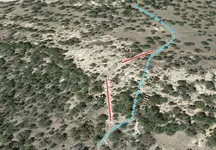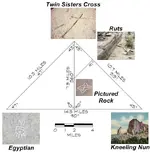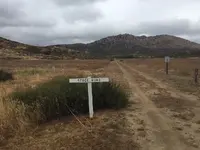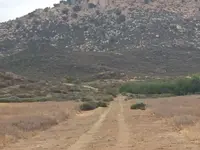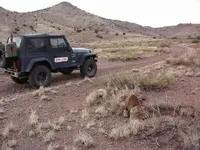somehiker
Silver Member
- Joined
- May 1, 2007
- Messages
- 4,365
- Reaction score
- 6,435
- Golden Thread
- 0
- Primary Interest:
- All Treasure Hunting
Wayne,
In your opinion, are these kinds of ruts, in rock, made by wagon/truck wheels?
Take care,
Joe
Joe:
My opinion would vary, depending on what I was looking at.
Most iron rimed wagon rims are only 2-3" wide, so the ruts they form with repeated passage are narrow.
How far apart the ruts are might indicate a large wagon or something smaller., and the worn area in between can indicate whether a single animal or team was used to draw the conveyance. How deep they are and where they are might indicate the reason they are in a certain place.
Trucks or other modern vehicles like 4 x 4's and ATV's on the other hand, form much wider ruts, as well as leaving behind gouges, scrapes, body paint and rubber behind. Sometimes a few parts as well. Lots of that out there. And if, like on the ranch roads I mentioned, there has been heavy motorized vehicle traffic in modern times, it's unlikely anything would remain of older wagon tracks.
Hope that answers your question.
Regards:Wayne



